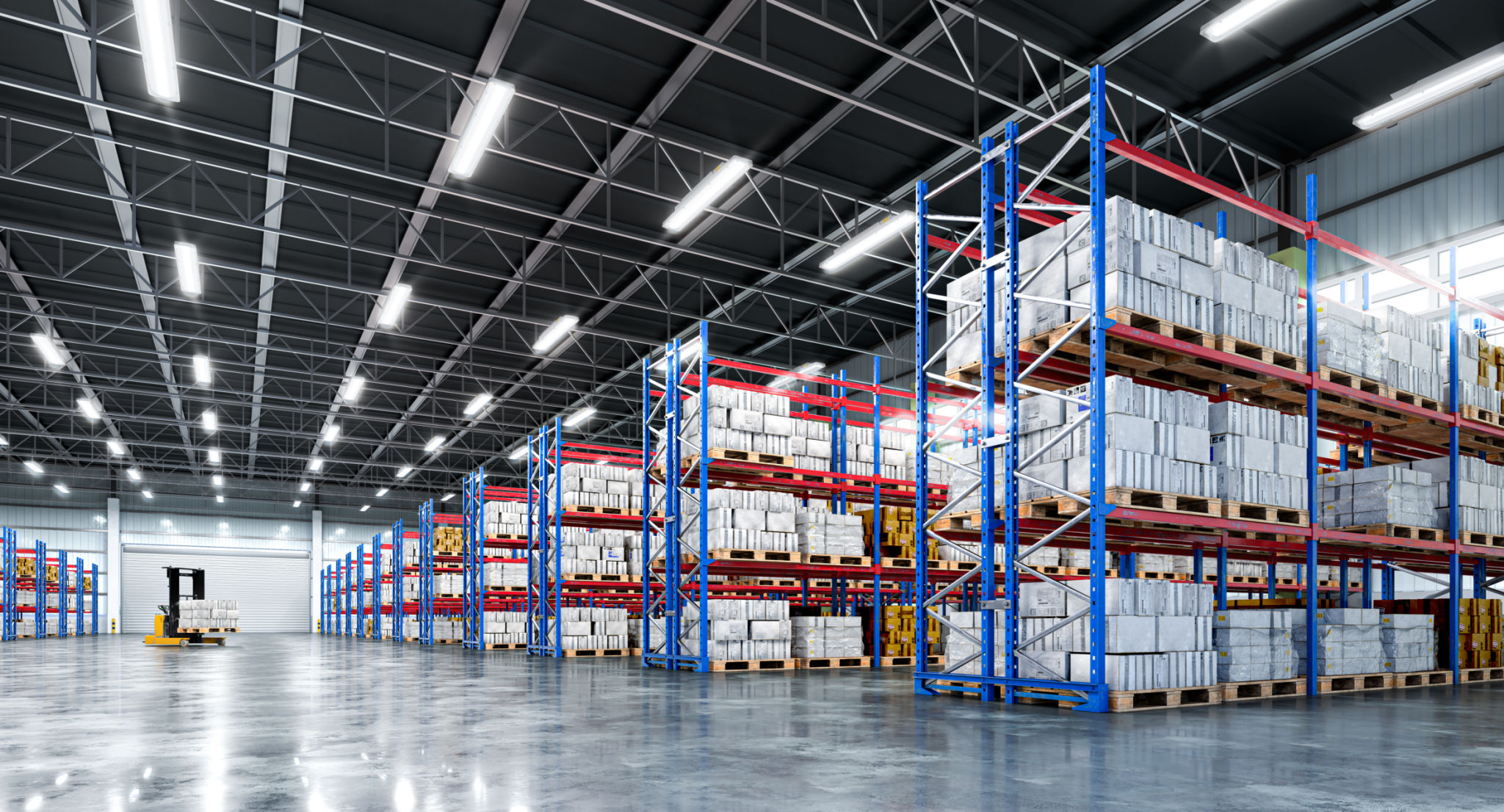Comprehensive Guide to Optimizing Industrial Warehouse Construction
Understanding the Fundamentals of Warehouse Construction
Optimizing industrial warehouse construction requires a deep understanding of both the logistical and structural elements involved. Warehouses are more than just large storage spaces; they are critical components of the supply chain that need to be designed with precision. The first step in optimizing construction is considering the intended use of the warehouse, such as whether it will store raw materials, finished goods, or be used as a distribution center.
A crucial aspect of this process is site selection. Factors like proximity to major transportation routes, land cost, and zoning regulations can significantly impact the efficiency and cost-effectiveness of a warehouse. This careful planning ensures that the location supports operational goals and minimizes long-term expenses.

Designing for Efficiency and Scalability
Once the location is selected, focus shifts to designing a warehouse that maximizes space utilization and efficiency. Utilizing vertical space effectively can dramatically increase storage capacity without expanding the building's footprint. Implementing high-density storage systems, such as pallet racking, can optimize space usage further.
Scalability should also be a consideration in the design process. As business needs evolve, the warehouse should be able to accommodate changes in inventory levels and storage requirements. This can be achieved by designing flexible layouts and incorporating modular systems that can be easily reconfigured or expanded.

Integrating Technology for Enhanced Operations
Incorporating technology is essential for optimizing warehouse operations. Automated systems, such as conveyor belts and robotics, can streamline processes, reduce labor costs, and improve accuracy and speed in handling goods. Additionally, implementing advanced inventory management software can enhance tracking capabilities and provide real-time data insights.
Technology integration also extends to sustainable practices. Smart energy management systems can reduce utility costs and environmental impact, aligning with both financial and corporate social responsibility goals. Consideration of LEED certification or other green building standards can add long-term value to the facility.

Ensuring Safety and Compliance
Safety is a paramount concern in warehouse construction. Adhering to industry standards and regulations is essential to protect both personnel and inventory. This includes ensuring proper ventilation, lighting, and fire safety systems are in place. Regular safety audits and inspections should be part of ongoing operations to maintain compliance and identify potential hazards.
Employee training programs focused on safety protocols can further reduce risks and enhance productivity. A well-informed workforce is better equipped to handle emergencies and operate equipment safely, contributing to a safer work environment.
Optimizing Construction Costs
Effective cost management is crucial for optimizing warehouse construction. This involves strategic planning and budgeting from the outset. Utilizing cost-effective building materials that do not compromise on quality is one approach. Additionally, employing value engineering techniques can identify areas where savings can be achieved without sacrificing functionality.
Partnering with experienced contractors who specialize in warehouse construction can lead to more efficient project completion and cost savings. Their expertise in the latest construction technologies and methods can result in a smoother build process and optimized financial outcomes.

Conclusion
Optimizing industrial warehouse construction requires a comprehensive approach that incorporates site selection, design, technology integration, safety, and cost management. By carefully considering each of these elements, businesses can create warehouses that are efficient, scalable, and aligned with their operational goals. As the industry continues to evolve, staying informed about new technologies and best practices will ensure that your warehouse remains a strategic asset.
